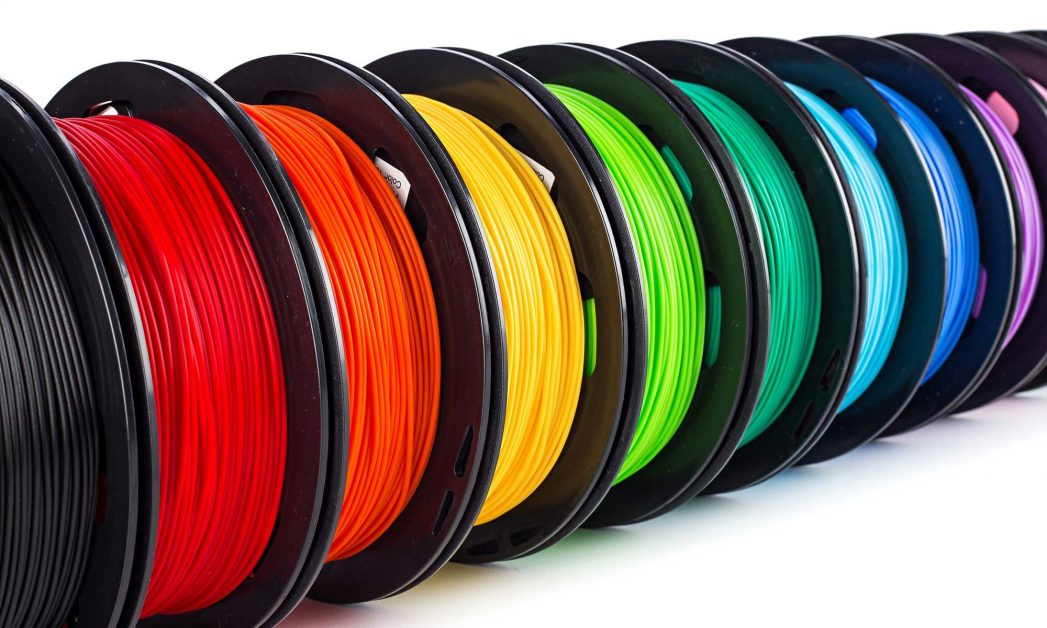Polylactic acid or PLA is one of the main polymers used to create plastic films to wrap food products. PLA, in the form of PLA filament is now widely used as a printing material for 3D printers.
PLA is a type of plastic that is used in large quantities, so is PLA biodegradable and is it having a negative impact on our environment?
What is PLA?
PLA is a thermoplastic polymer used to make plastic.
Polylactic Acid is different than most thermoplastic polymers because it is made from renewable resources like corn starch and sugar cane. Most plastics on the other hand are made from the distillation and polymerization of non-renewable petroleum and petrochemical sources.
Plastics that are made from biomass (such as PLA) are known as bioplastics.
How is PLA Made?
Polylactic Acid is made through two different processes: condensation and polymerization.
The most commonly used polymerization technique is ring-opening polymerization. This process makes use of metal catalysts in combination with lactide to create larger PLA molecules.
The condensation process is similar, the main difference being the temperature required and the by-products (condensates) that are released as a result of the chemical reaction.
Is PLA Biodegradable?
No, PLA is not biodegradable.
The enzymes which are capable of breaking down or hydrolyzing PLA are not found in the environment. This enzyme is known as Proteinase K.
PLA can be composted in an industrial composting facility. Both moisture or water and a temperature of 140 degrees Fahrenheit or greater are required for composting to take place.
Is Polylactic Acid Eco Friendly?
PLA is a bioplastic but it is still plastic. That means it comes with most of the negative ecological impact that regular plastic does.
One positive aspect of PLA is that it can be produced from waste organic material instead of relying on petrochemicals. This reduces PLAs carbon footprint and makes it a more sustainable form of plastic.
PLA can be recycled as long as it hasn’t been contaminated with other forms of plastic. In practice this is difficult to achieve which means that PLA has a lower recycling rate than other forms of plastic.
Recycling PLA needs to be done at specialist recycling facility as there are no municipal curbside programs available.
Conclusion
PLA is not biodegradable but it does have its place as we focus on inventing new forms of sustainable bioplastic.
Used PSA should be recycled or composted at industrial waste facilities. If you don’t have a suitable waste handling facility in your local area, dispose of your waste PLA with your household waste.
